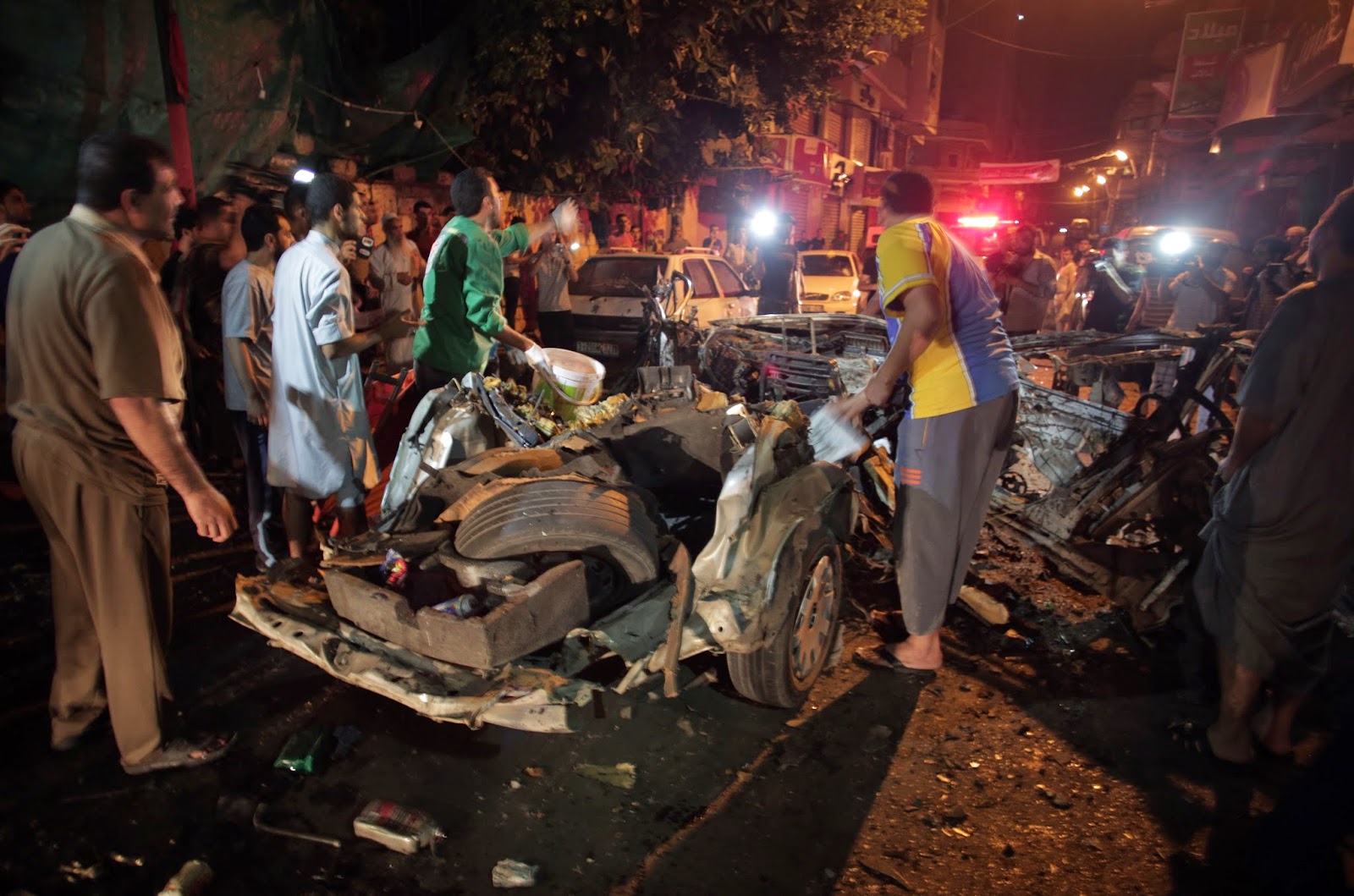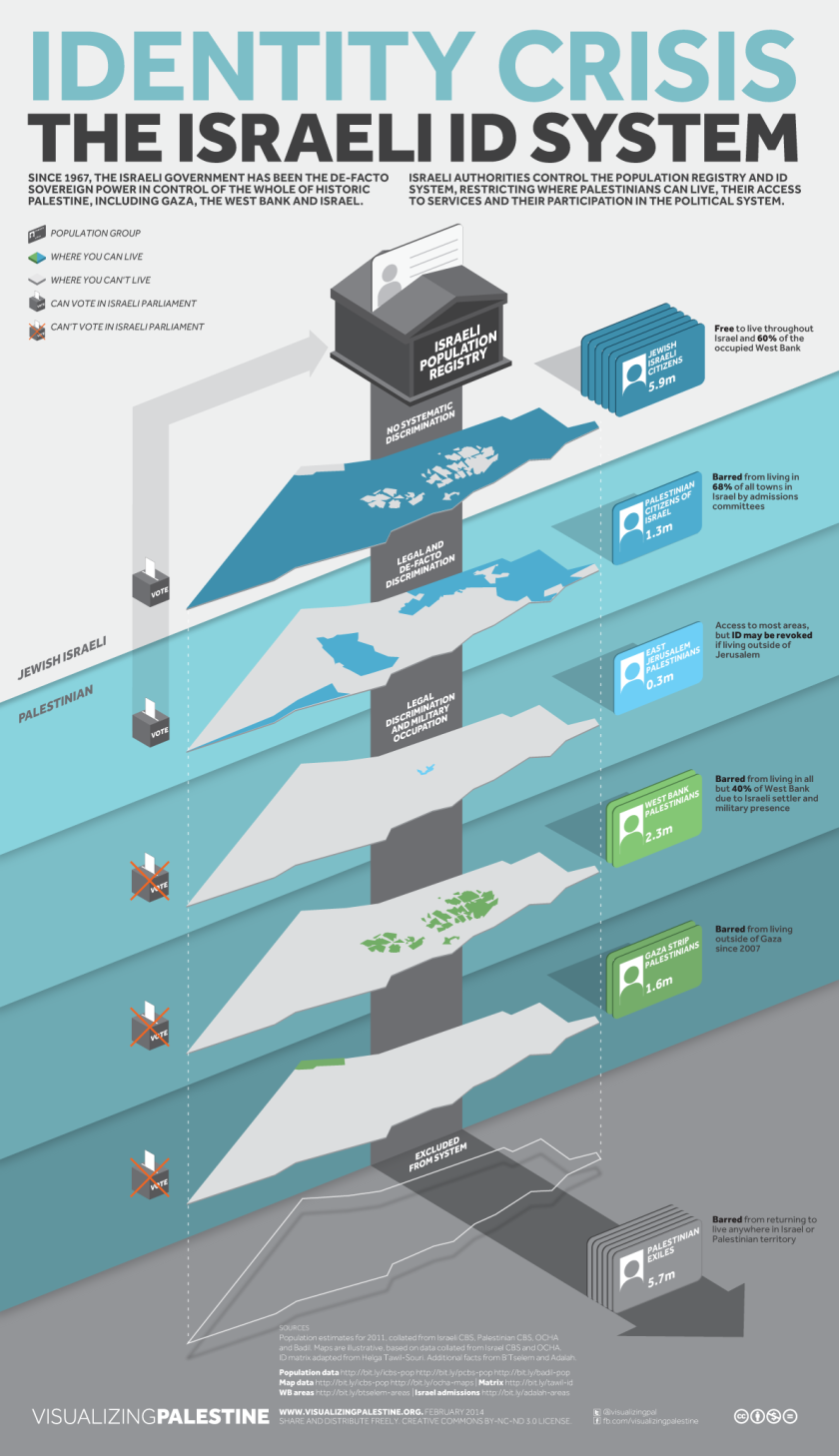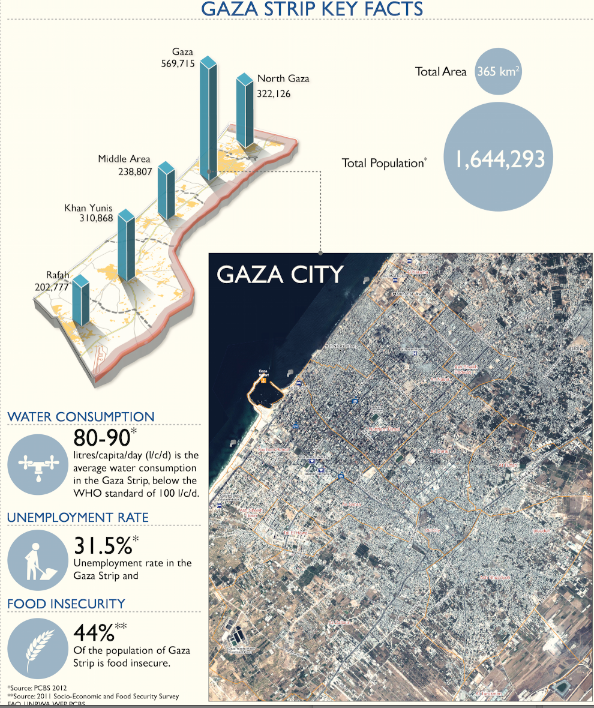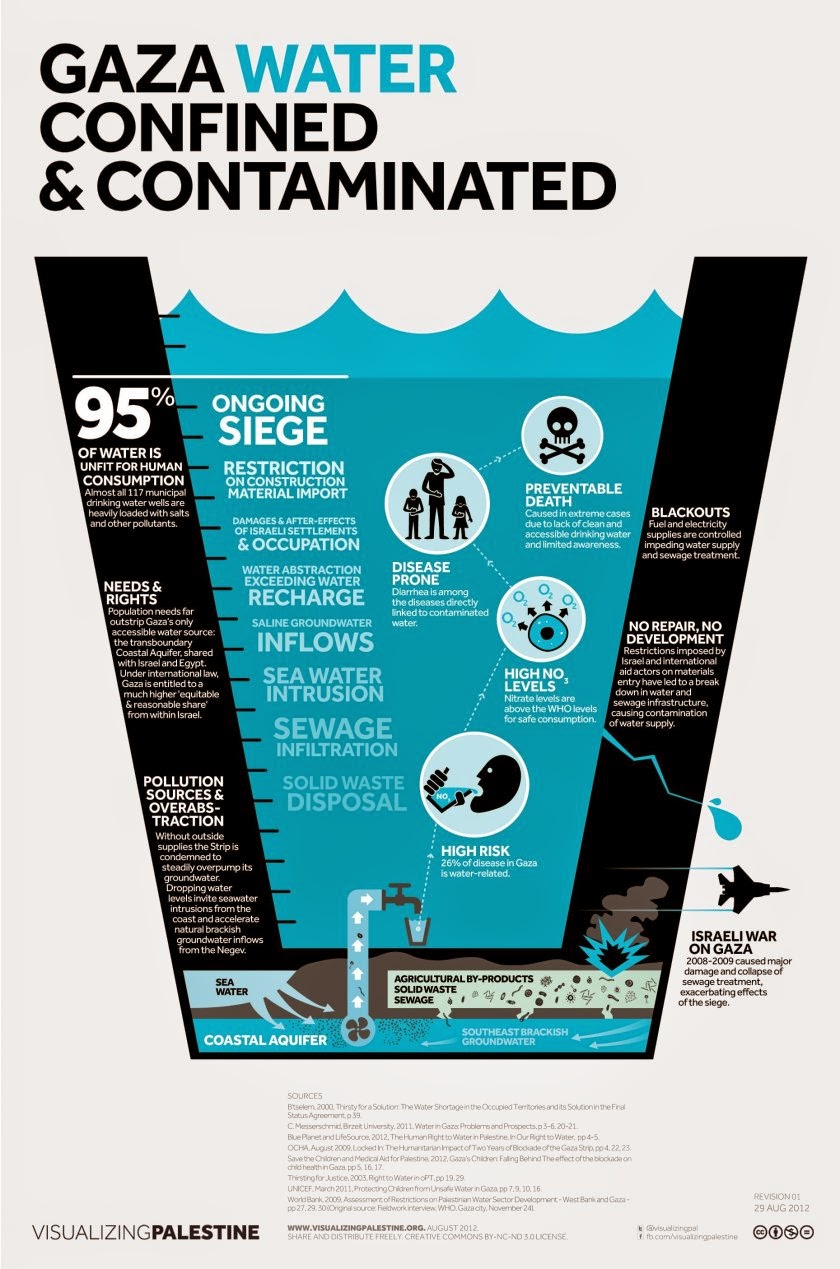
AP
News of the latest crisis in Palestine and Israel is rolling into headlines this week, perhaps invoking a dull sense of déjà vu for observers in the World. Once again, targets all over the Gaza Strip are being hammered by air strikes. Again, the barrage of missiles fired from Gaza toward Israel have intensified.

AP
Since the beginning of "Operation Defensive Edge" — an escalation that followed weeks of heightened tensions sparked by the abduction and murder of three Israeli teenagers from the West Bank — 1000 Palestinians have been killed (Day 19). Israeli Defense Forces (IDF) officials say that they have targeted 550 terror targets, and that Israel was hit by more than 200 rockets in return.
In Israel, air raid sirens sounded in Tel Aviv and Jerusalem as the reach of Gaza's rockets extended further than ever before, and Hamas warned that all Israelis were now targets. In response, officials promised a long and intensive operation: "We are killing terrorists of different ranks, and this operation will persist and intensify," Defence Minister Moshe Ya’alon said. "This doesn't have to be a short battle."
 AP
APThe story has mostly been told through the face-off between Hamas, the intended target of the air strikes, and the Israeli military. But as the escalation continues to rage on, the real cost of these attacks only becomes more clear, as photos and stories of the air strikes' harrowing aftermath are shared on social media. Take for example the story of the Kaware family, targeted in yesterday's overnight attack. Not even a member of Hamas, the home of Odeh Kaware was bombed, even after the protests of neighbors who gathered on the rooftop of the family's home to protect it. Eight were killed, including six children, the youngest of whom was eight-years-old. The IDF has since admitted that the attack was an "error."
 AP
APIt's that news of rockets and especially Hamas that shapes our impression of daily life in Gaza. But the reality is that even though we might be numb to the news of these exchanges, they disrupt the lives of the 1.7 million people who live under siege in Gaza, who must live their lives normally under the strip's intensely challenging conditions. Footage of an air strike that reportedly hit the northern Gazan home of a man thought to be a high-ranking Hamas official, Ahmed Ghandour, offers a glimpse into how much these attacks disrupt daily life:
For those of us outside of Gaza, it's impossible to grasp what it's like to be there right now. But the tense escalation suggests that the bloodshed of previous strikes may be to come. Between December 2008 and January 2009, Israeli strikes in Operation Cast Lead killed 1,391 Gazans — 344 of whom, according to Israeli human rights organization B’Tselem, were children. Just a few years later, in November 2012, 167 Palestinians were killed in an escalation. These victims don't usually have names or faces in the mainstream media, but they were the family members and friends of the people who have to continue leading their lives as usual in the Gaza Strip. To understand what is really going on in Gaza, it's important to go beyond the headlines, and take a deeper look at the suffering faced by civilians this week. Here are nine infographics that will help you gain a better understanding of what life is like for Gazans right now:
1. Gaza's 1.6 million residents are restricted to 141 square miles.
 Visualising Palaistine
Visualising Palaistine2. Israel's escalation on Gaza hinges on its sophisticated anti-missile system.
 Thomson Reuters
Thomson Reuters3. The Israeli blockade on Gaza means a tight grip on its economy.
 OCHA
OCHA4. Food insecurity and water shortages are a fact of life in Gaza.
 Visualising Palestine
Visualising Palestine5. Gaza's population is mostly under 25.
 OCHA
OCHA6. Even a “period of calm” in Gaza means serious and sometimes deadly violence.
 Ben White This shows the hostilities that occurred in the period after Operation Pillar of Cloud in 2012.
Ben White This shows the hostilities that occurred in the period after Operation Pillar of Cloud in 2012.7. Israel's military might is many times more powerful than the Palestinians.
 Jerusalem Fund
Jerusalem Fund8. During Operation Cast Lead in 2008-9, 1,391 Palestinians were killed in Gaza. In Israel, 4 Israelis were killed.
 B'Tselem
B'Tselem9. It's not just in Gaza operations that vastly more Palestinians perish than Israelis.
 Visualising Palestine
Visualising PalestineSource: Mic
Related:
- Over 50 Israeli Soldiers Refuse to Fight and Call on Other Conscripts to Resist Military Orders
- This Brilliant Animation Provides A Brief History Of The Bloody Israel/Palestine Conflict
- Palestinian Woman Plants Flowers In Israeli Army Tear Gas Grenades
- 16 Children & Their Bedrooms From Around the World…
- These 20 Photographs Will Leave You Speechless. Especially The 11th One. There Are No Words.
- These 29 Clever Drawings Will Make You Question Everything Wrong With The World
- 30 Of The Most Powerful Images Ever
- 35 Moments Of Violence That Brought Out Incredible Human Compassion
- The 63 Most Powerful Photos Ever Taken That Perfectly Capture The Human Experience
- 64 Historical Pictures you most likely haven’t seen before. # 8 is a bit disturbing!







+is+just+about+to+shoot+a+Jewish+man+kneeling.jpg)





Unfortunately your propaganda will not work on me. Let's talk about the 4000 rockets that Hamas has fired into Israel since its withdrawal from Gaza in 2000. Let's talk about the 1900 Israelis injured by those rockets and the 24 civilians killed. Let's talk about the more than $900 million in aid from the US and more than $2 billion from Egypt to rebuild Gaza. Where were those monies spent? Certainly not on the "contaminated" water supply you cite!!!! Those monies were spent building terrorist tunnels into Israel!!!! Let's talk about who started the war!!! It was Hamas who started the firing of missiles into Israel!!! Israel has never stated that it wanted to wipe Hamas or Gaza off the map. That has been the stated goal of Hamas!!!! I demand that you retract everything you have posted here because it is all lies!!!! I am citing factual information from the New York Times. I dare you to cite legitimate news sources for your information. If you don't retract and pull this post then I will assume and state factually that "Thinking Humanity" is an anti-Semitic website.
ReplyDelete